How does it work? | E-Ink-display
 Source:
Source:
Electronic paper was first developed at the Research Center of Xerox in Palo Alto Nick Sheridana in the 70-ies of the last century. The first electronic paper, called Gyricon, consisted of polyethylene spheres between 20 and 100 microns in diameter. Each sphere were negatively charged black and positively charged white halves. All the spheres were placed in a transparent silicone sheet, which was filled with oil, so that the sphere rotated freely. The polarity of the applied voltage for each electrode pair determines which side will turn the sphere, giving, thus, the white or black point on the display.
In the 1990s, Joseph Jacobson invented another type of electronic paper and founded the Corporation E Ink which, together with Philips introduced this technology to the market. How does the modern E-Ink display — this was in today's issue!
Active layer E-Ink display contains tiny transparent capsules with black and white particles (pigments). Black and white particles respond differently to the appearance of electric potential: positively charged white particles are attracted to the negatively charged electrode, and negatively charged black particles to contact with a positive charge. Thus microcapsules with pigment are very small — their diameter comparable with the diameter of a human hair. Neutral white and black particles inside the microcapsules in an arbitrary position. But when an area of the screen is given a positive electric charge, all the microcapsules in this area, the white particles move in the frontal part. A black stretch electric field on the back side of the microcapsules, thereby hiding from the eyes of the user. As a result, the display appears white spot — point pixel white. If you reverse the polarity of the applied electric potential, the black pigment particles will be on the front side of the capsule, and the white on the back. And at the same location shown as a black spot.
E-Ink displays use an active matrix, similar to those installed in the LCD and OLED displays. This allows you to create electronic ink screen large and complex images.
In Addition to the monochrome E-Ink displays there is also a multi-color electronic paper. It consists of a thin colored optical filter added to the monochrome display. Many points are divided into triads, consisting of three colors: cyan, Magenta and yellow. Unlike OLED and LCD displays which use red, green and blue colors and add them in E-Ink colors are formed by subtracting, as in the printing industry.
The Advantage of E-Ink is the battery life, which compares favorably with devices with OLED and LCD displays. The fact that the display on the basis of the electronic paper consumes energy only when changing the displayed information, while the LCD display consumes power constantly. However, E-Ink displays have a very large update time compared to LCD displays. It is not possible to display complex interactive interface elements. Another disadvantage is the susceptibility of some E-Ink screens mechanical damage.
Recommended
Mystery of the Sargasso sea, and why there were dead ships
At the time, in the Sargasso sea lost a lot of ships. Almost all mystical place, about which people say, giving them a mysterious halo, are on the water. When ”ends”, the disappearances do seem very strange and inexplicable. One of the places that ar...
An air leak site has been found on the ISS. What's next?
Air leak occurs in Russian station module Inside the International Space Station live astronauts from different countries and all of them need oxygen. The air needed for the life of the crew is produced by special equipment, but the tightness of the ...
Why can thinking about death make life happier?
Awareness of one's own mortality can be a liberating and awakening experience How do you feel about the idea of death? How often do you think about it and what emotions do you feel? Many of us have been pondering these questions lately. The pandemic ...
Related News
How does it work? | OLED display
In the last issue we about the LCD display. Today we will focus on a different technology, called OLED. So, how does the display on the organic light emitting semiconductors — this was in today's issue! the Main difference...
Liquid crystals were discovered in 1888 by Austrian scientist Friedrich Reinitzer, and in 1927, a Russian physicist Vsevolod Frederiks was discovered crossing, was named after him and is now widely used in conventional LCD display...
How does it work? | LSD-display
Liquid crystals were discovered in 1888 by Austrian scientist Friedrich Reinitzer, and in 1927, a Russian physicist Vsevolod Frederiks was discovered crossing, was named after him and is now widely used in conventional LCD display...
Nobel laureate in Economics: bitcoin is just another bubble
Robert Shiller is an American economist, has published a number of scientific papers and books on Economics. In 2013, Schiller was the winner of the Nobel prize in Economics. At the moment a scientist teaches the subject at Yale U...
Chess puzzles is worth a million dollars
One of the most ancient Board games, chess is not only developing tactical thinking, but also to improve other useful skills. For example, there are many logical brainteasers on the arrangement of pieces on a chess Board in a cert...
the History of NFC technology takes its beginning in 1983. Then electrical engineer Charles Walton received a patent for "portable radio frequency emitter-ID". Almost 20 years later, in March 2004, Nokia, Sony and Royal Philips El...
At Kaspersky Lab has predicted the future of Moscow
In anticipation of the 870 anniversary of the capital of Russia on the website of Kaspersky Lab there is a very interesting forecast for the Moscow of the future. In the framework of the project «Earth 2050» the experts ...
The head of the company Samsung will spend five years in prison
we have Previously that the billionaire and Vice-President of the South Korean company Samsung Electronics Li Geen was arrested on suspicion of giving multimillion-dollar bribes to government officials. If Jean is the son of the C...
First Bank cards appeared in America in the late 19th century. They were made of cardboard and have served only to confirm the creditworthiness of the owner outside the Bank. In 1914, Western Union issued the first card with a fix...
"Smart" sticker will indicate spoiled food
we All used to trust (or not trust) labels on food products indicating the expiration date. But unscrupulous sellers are finding ways around this system in order not to lose benefits and to sell to the buyer outstanding product. P...
How does it work? | Money counter
Welcome to Hi-News.ru! First paper money appeared in China in 910 year — they replaced the metal bars. For a long time, the counting of bills can be done only manually, and only in 1908 in an attempt to optimize this process...
How does it work? | Banknote detector
to Manufacture counterfeit money began in the days of Ancient Egypt. With the advent of banknotes, the task of the counterfeiters has been simplified, and States have begun to develop special protections that would be difficult to...
How does it work? | Facial recognition system
Man is able to recognize faces of other people due to the area of the brain on the border of the occipital and temporal lobe fusiform gyrus. People are learning to recognize faces from birth and at four months can clearly distingu...
a prototype of the first ATM machine was invented by the American scientist Luther Simpana in 1939. The device gave out cash, but could not deduct them from the account: the device was not associated with the Bank. In 1967 in Lond...
Astronomers have caught a strange radio signal from the stars is 11 light years from us
Astronomers reported the discovery of "strange signals" going in the direction from the small, dim stars located at about 11 light years from Earth. Signals were received on may 12. They were caught, the Arecibo Observatory's gian...
How does it work? | Speech synthesis
we talked about speech recognition, today we will discuss the inverse problem. So how does speech synthesis, or, in other words, converting arbitrary text to voice — this was in today's issue! http://www.youtube.com/watch?v...
How does it work? | Speech recognition
the First device for speech recognition appeared in 1952, it was able to understand spoken human figures. 40 years later, the first commercial software for recognizing human speech. They were designed for people who, because of ph...
How does it work? | Iris scanner
the Technology of scanning an iris of the eye was first proposed in 1936 by ophthalmologist Frank Bursh. He said that the iris of each person is unique. The probability of coincidence is about 10 to the minus 78 degrees, which is ...
How does it work? | Fingerprint scanner
identification of the fingerprint — one of the most reliable ways to confirm the identity of the person. On the accuracy of this method is second only to the retinal scan and DNA analysis. Fingerprint — it's nothing li...
How does it work? | Computer mouse
History of computer mouse originates 9 December 1968, when it was presented at the exhibition of interactive devices in California. The patent for this gadget got Doug Engelbart 2 years later. The first computer, the set which inc...

























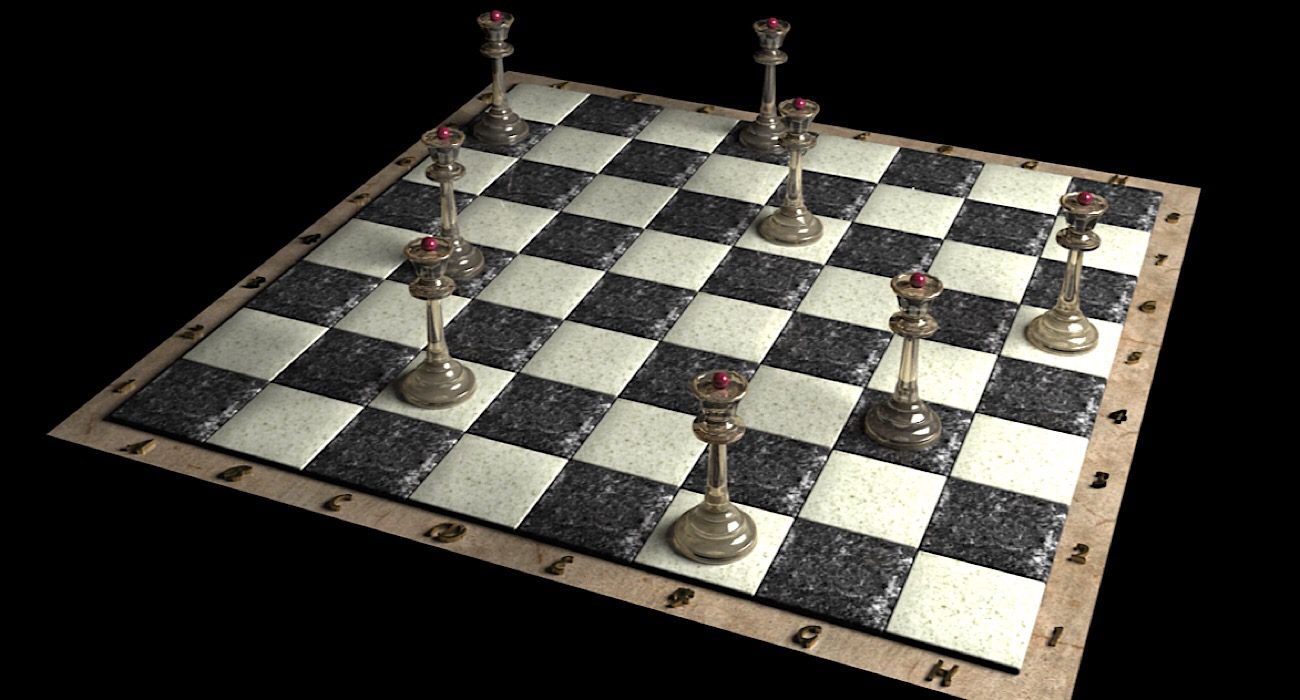





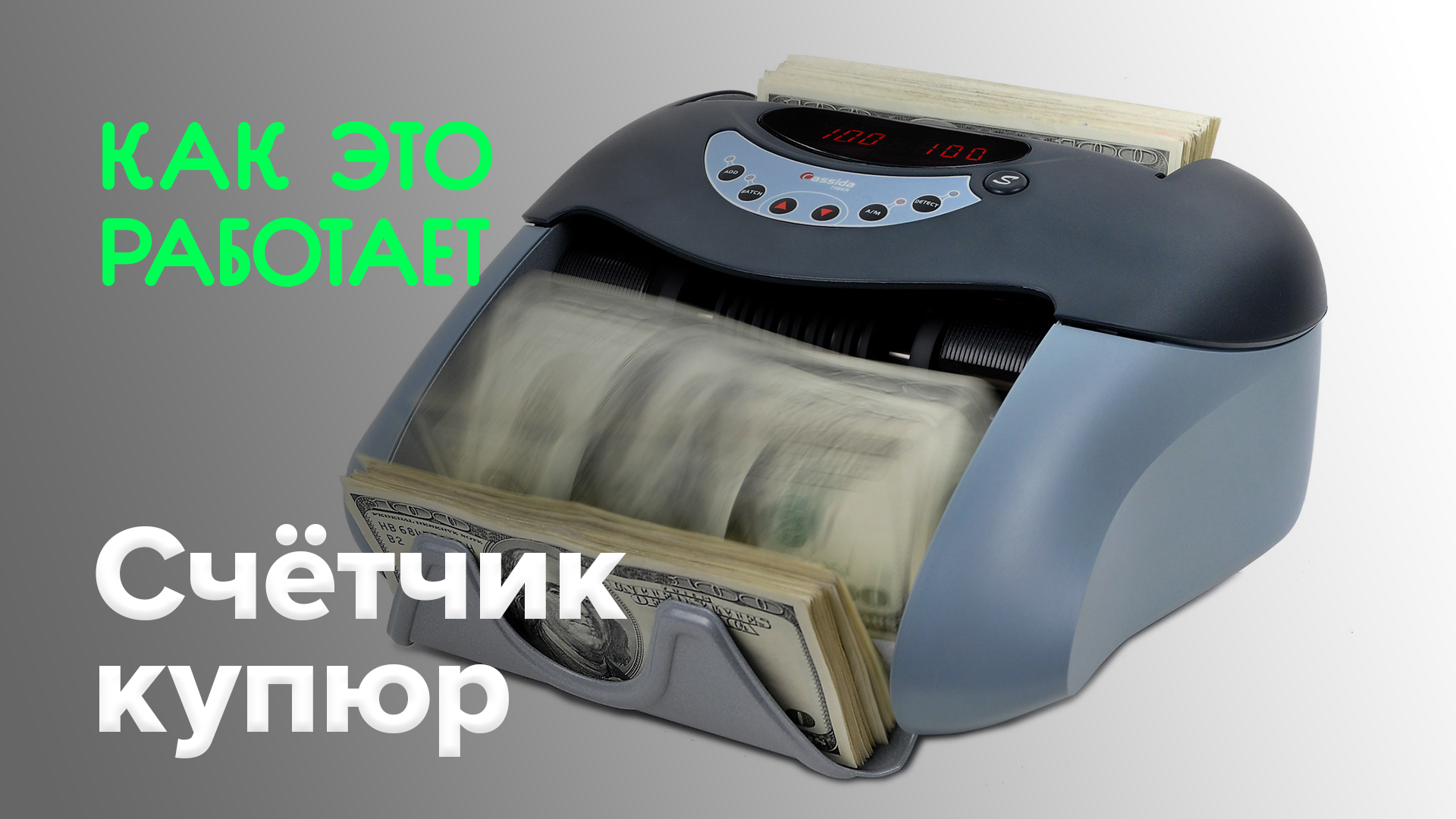

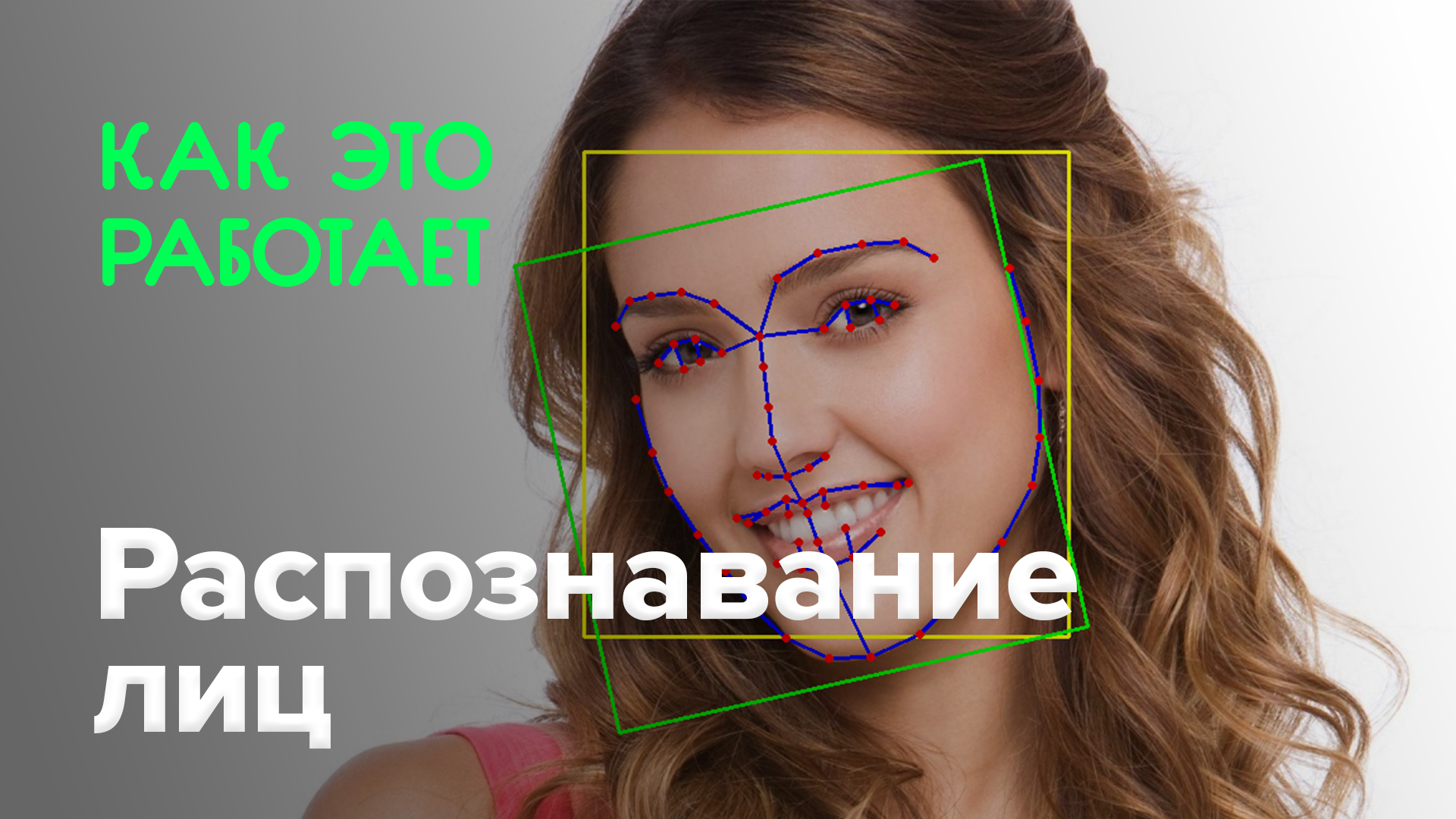
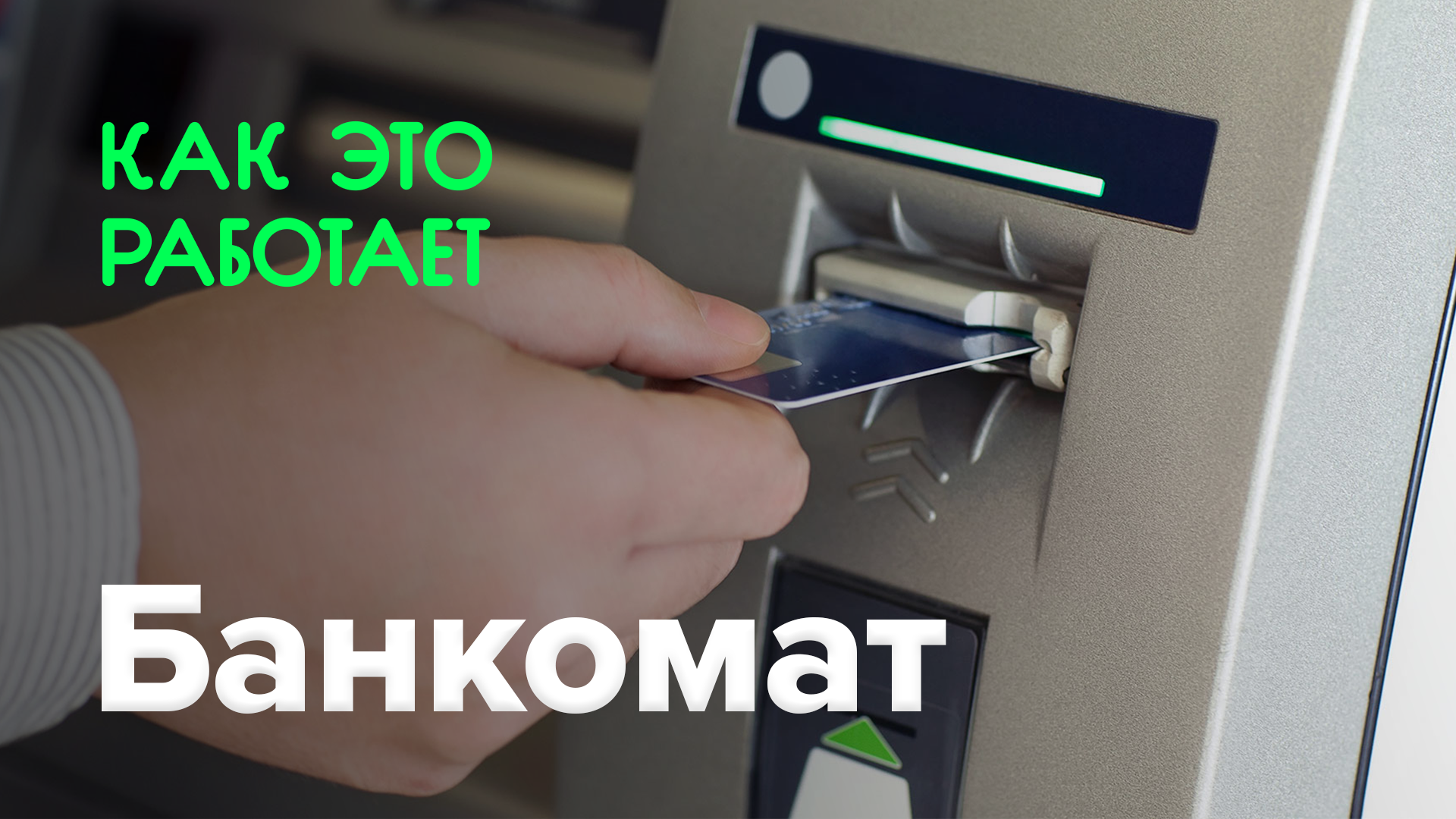




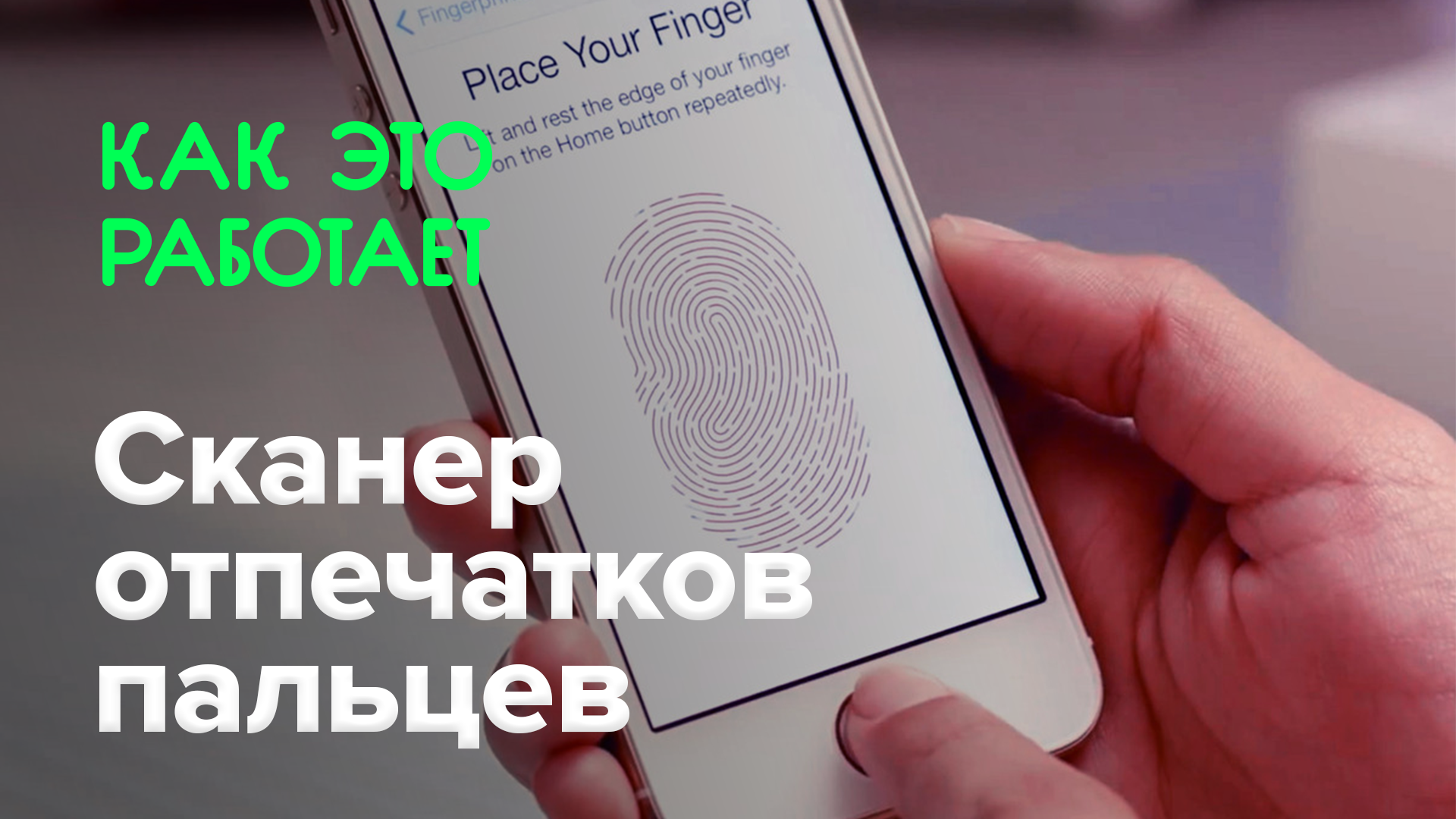

Comments (0)
This article has no comment, be the first!